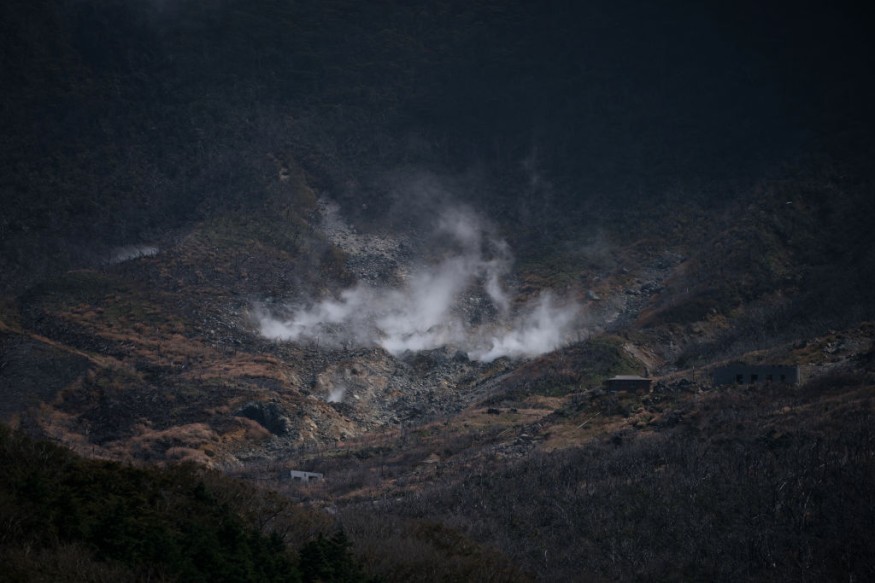
An underwater volcano in Japan hit against tectonic plates and unleashed major earthquakes. A recent study indicated that the extinct underwater volcano, known as Daiichi-Kashima seamount, sits on the Pacific tectonic plate roughly 25 miles (40 kilometers) off Japan's east coast.
In that position, at least three tectonic plates intersect - with the Pacific plate to the east and the Philippine plate to the south both slipping beneath the Okhotsk plate to the north.
Rupture The Seamount
The study said that additional work of ploughing has made seamounts more resistant to subduction and more strongly coupled than smoother areas.
Nevertheless, the idea that subducted seamounts are weakly coupled and slip aseismically has become dominant in the last decade. Researchers said that the idea was primarily based on the claim that a seamount being subducted in the southern Japan Trench behaves this way.
The key element in this assertion is that large magnitude 7 earthquakes that abut the leading edge of the seamount require that the seamount be aseismically sliding to initiate them.
More recent observations show instead that the surrounding region is aseismically sliding while the seamount acts as a stationary buttress.
The modeling results had shown that only a strong asperity model can produce this type of earthquake.
The study said that strong asperities also rupture the seamount in great earthquakes with long recurrence times.
This provides the previously unknown source for a series of great tsunami earthquakes that have occurred along the southern Japan Trench, the most recent being the 1677 magnitude 8.3-8.6 Enpo Boso-oki tsunami earthquake.
Scientists said that the "weak asperity" hypothesis was thus found to be false in this foundational example.
They also noted that hang-up earthquakes may have unleashed tsunamis in the past.
Sediment deposits that were found along Japan's east coast indicate huge waves battered the coastline in 1677, after an earthquake shook an area overlapping with the Daiichi-Kashima seamount.
They noted that the rupture of the subducted seamount thus provides the most plausible source for these great tsunami earthquakes.
The study said that the Daiichi-Kashima is a "prime example" of a subducting seamount that causes enormous friction.
The researchers chose this region because of the abundance of available data, but their results likely also apply to other regions of the world.
Weak Asperity Of Seamounts
The key points of the study include the following:
The founding case for the weak asperity model of seamounts is refuted, thus calling into question the entire hypothesis;
Applying the strong asperity model to the southern Japan trench's subducting seamount provides a source for historical tsunami earthquakes; and
The strong asperity model also explains "hang-up" earthquakes propagating from a stationary seamount into the surrounding creeping region.
The research is based on an abundance of new data, meticulous analysis, and advanced modeling techniques. It demonstrated that only steady-state stable sliding occurs in a weak asperity model whereas seamount acts as a stationary buttress, leading to the occurrence of "hang-up earthquakes" in the stable sliding region.
This finding not only contradicts the "weak asperity" hypothesis but also provides valuable insights into the recurrence patterns of large-slip events.
Based on the modeled slip magnitude and recurrence interval, the latest work uncovered the previously unidentified source of the significant tsunamis occurring in Japan, opposite the southern Japan Trench.
Related Article : Volcano Erupts in Southern Japan, Residents Flee
© 2025 NatureWorldNews.com All rights reserved. Do not reproduce without permission.





